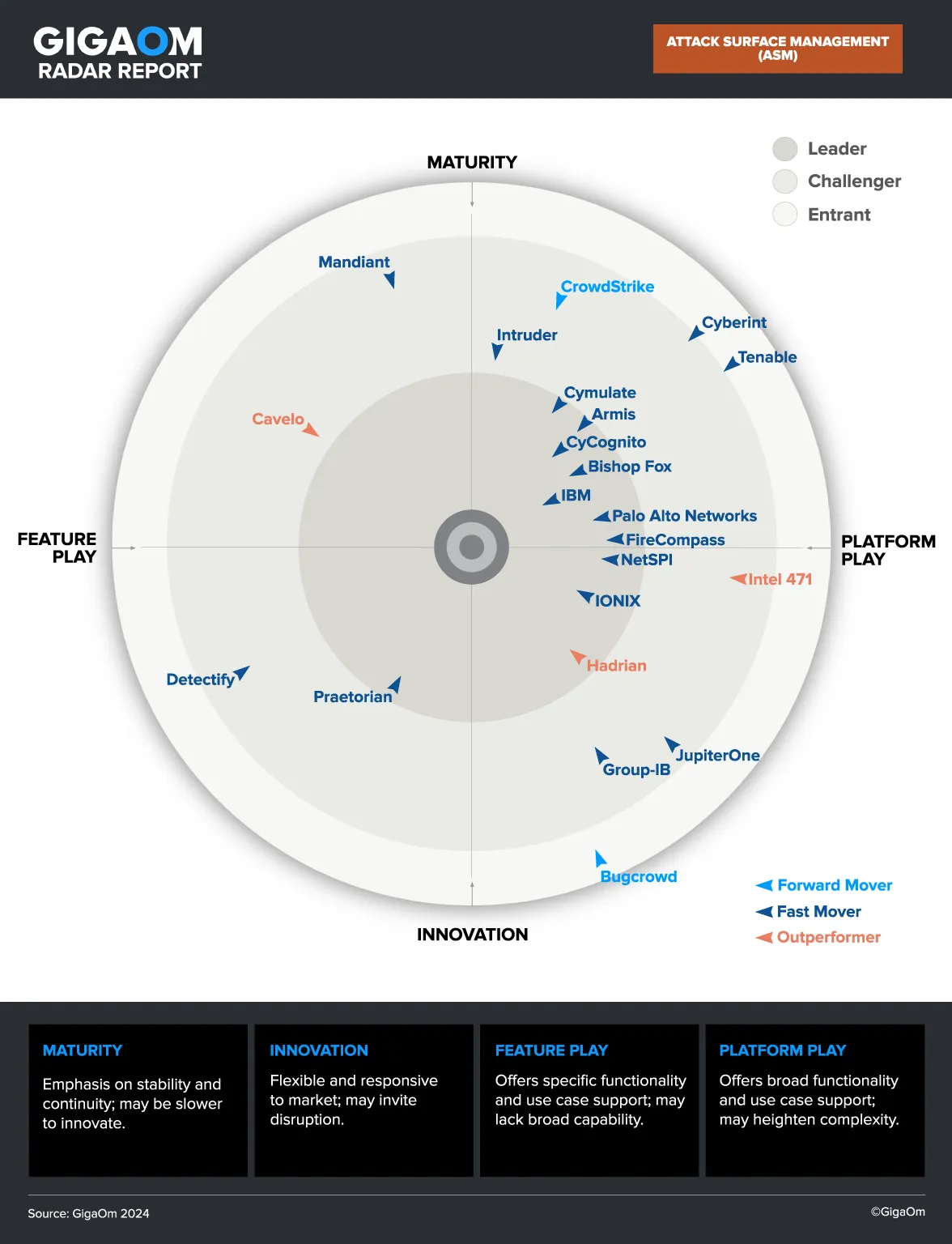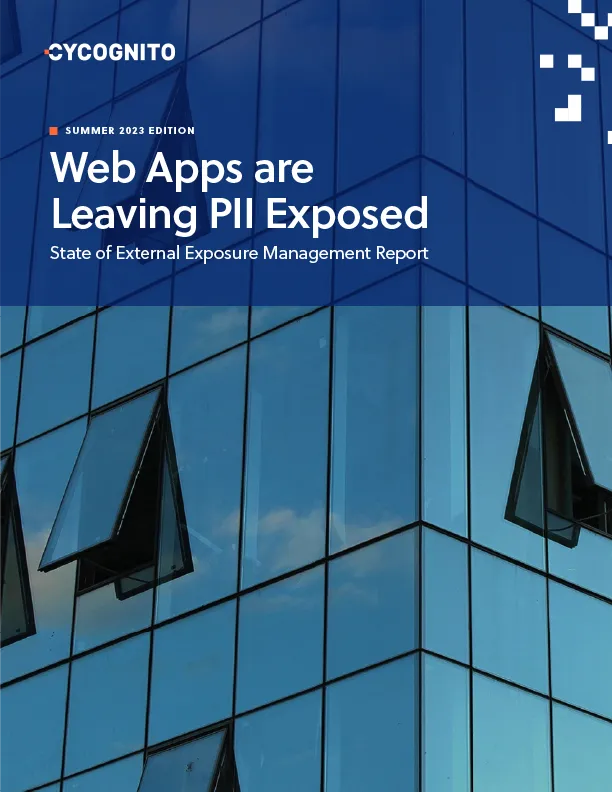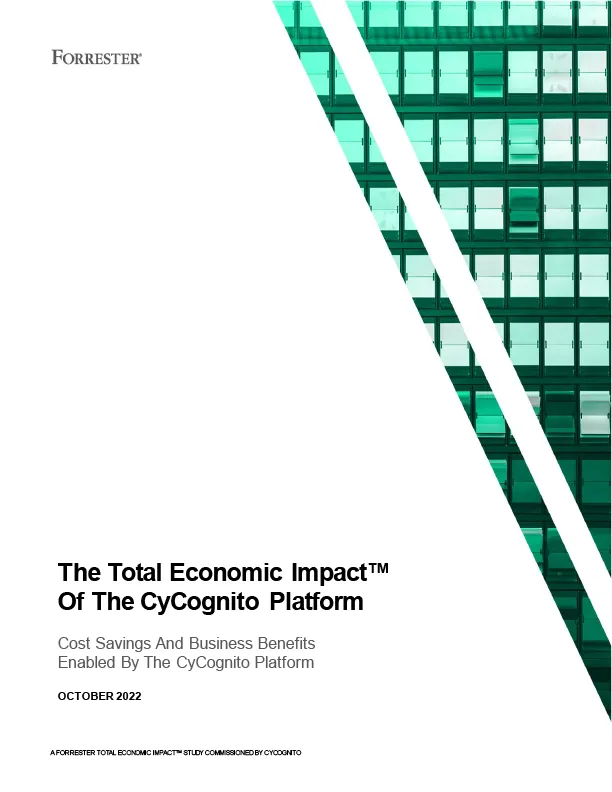What Is Vulnerability Scanning?
Vulnerability scanning is an automated process that identifies potential vulnerabilities in a system, network, or application. It involves the use of software tools that search for known vulnerabilities, such as outdated software, configuration errors, and missing patches. Once identified, these vulnerabilities are typically ranked based on their severity, providing a prioritized list for remediation efforts.
In the world of cybersecurity, vulnerability scanning is like a health check-up. It gives a broad overview of the state of your systems and networks, highlighting areas that may require attention. However, it does not dive deep into these vulnerabilities to determine their potential impact or the likelihood of them being exploited.
What Is Penetration Testing?
Penetration testing is a much more detailed and targeted process. It involves simulating a real-life attack on a system to identify vulnerabilities that could be exploited by attackers. Unlike vulnerability scanning, pen testing is not fully automated and requires human intervention. It is usually carried out by a team of ethical hackers who use the same techniques and tools as malicious attackers, albeit with the goal of improving security rather than compromising it.
Penetration testing goes beyond merely identifying vulnerabilities; it also attempts to exploit them to determine their potential impact. This involves testing various attack scenarios and analyzing the system's response to these attacks. The results of a penetration test provide valuable insights into the system's resilience against cyberattacks and the effectiveness of the existing security controls.
This is part of a series of articles about vulnerability assessment.
Vulnerability Scanning vs. Pen Testing: 8 Key Differences
1. Speed of Execution
When it comes to the speed of execution, vulnerability scanning has the upper hand. This automated process is designed to quickly identify known vulnerabilities in a system. By using a database of known vulnerabilities, it can rapidly check whether any of these weaknesses exist within the system. The speed of the process makes it feasible to perform frequent vulnerability scans, enabling a business to keep track of their security posture.
Pen testing is a more time-consuming process. Pen testing experts use their skills and experience to identify weaknesses that automated tools might overlook. This involves a comprehensive and in-depth analysis of a system to uncover potential vulnerabilities.
Unlike vulnerability scanning, pen testing is not merely limited to known vulnerabilities or those that impact one system or component. It also attempts to identify complex vulnerabilities that might span multiple areas of the IT environment. This further increases the time required for pen testing, but it is also what makes pen testing an important complement to automated scanning.
2. Depth of Testing
Pen testing generally provides a more thorough analysis compared to vulnerability scanning. While vulnerability scanning is limited to identifying known vulnerabilities, pen testing not only identifies vulnerabilities but also attempts to exploit them. By doing so, pen testing can reveal how an attacker might take advantage of these weaknesses, providing valuable insights into potential security risks.
Pen testing also tests a system’s defensive mechanisms and assesses whether they are adequate to ward off an actual cyberattack. This depth of testing provides a comprehensive understanding of the system’s security posture.
Vulnerability scanning offers a snapshot of a system’s security status, and does not provide the same level of depth as pen testing. It primarily identifies vulnerabilities but does not attempt to exploit them or simulate real-world attacks. Therefore, it may not fully reveal the potential consequences of these vulnerabilities or assess the effectiveness of the system’s defensive measures.
3. Scope of Testing
Another critical difference between vulnerability scanning and pen testing lies in their scope of testing. Vulnerability scanning typically covers a broad range of assets within an IT ecosystem It scans all the assets within its purview, identifying any vulnerabilities that exist. When combined with asset discovery tools, this can ensure vulnerability scans cover all computing systems managed by the organization. This wide coverage makes vulnerability scanning a useful tool for achieving visibility of the organization’s security posture.
In contrast, pen testing is usually focused on a narrower set of assets. It typically targets specific mission critical systems, conducting an in-depth analysis of each. While this narrowed focus limits the number of assets tested in a single pentest, it also allows for a more detailed evaluation of each asset. This detailed analysis can reveal vulnerabilities that a broader scan might miss.
4. Risk Analysis
Both vulnerability scanning and pen testing contribute to risk analysis, but they do so in different ways. Vulnerability scanning provides a broad overview of the potential risks in a system by identifying known vulnerabilities. It offers a quantitative assessment of risk, ranking vulnerabilities based on their severity. This ranking can guide businesses in prioritizing their security efforts, focusing on the most severe vulnerabilities first.
On the opposite end, pen testing provides a qualitative perspective on risk. It not only identifies vulnerabilities but also evaluates their potential impact by attempting to exploit them. This exploitation can illustrate the potential consequences of a vulnerability, thereby demonstrating its real-world impact. This comprehensive view of risk makes pen testing an invaluable tool in risk analysis.
5. Accuracy and Precision
Vulnerability scanning, as the name suggests, scans the system for known vulnerabilities. It uses automated tools to check for weaknesses across the entire network. These scanners are updated routinely with the latest vulnerabilities and can cover a vast range of potential issues. However, the precision of vulnerability scanning is low, it can often produce false positives (indicating a problem where there is none) or false negatives (missing an existing vulnerability).
On the other hand, pen testing involves a human tester actively trying to exploit system vulnerabilities. Pen testing is much more precise than vulnerability scanning. A skilled pentester can identify complex vulnerabilities that an automated tool might miss, reducing the risk of false negatives. However, pen testing has more limited coverage, meaning that testers will not check every system component, and thus might miss some vulnerabilities.
6. Ease of Operationalizing
Vulnerability scanning is relatively easy to operationalize. It involves setting up an automated tool, scheduling regular scans, and reporting results. It's a process that can be managed without a high level of technical expertise, making it a feasible security option for many organizations.
Pen testing, however, requires significant expertise. The tester must understand a wide range of system vulnerabilities and attack techniques and be able to apply this knowledge creatively to exploit weaknesses. This expertise is not easily acquired, making pen testing a less accessible option for many organizations. Furthermore, pen testing can be disruptive to regular operations, and requires close coordination with those managing production systems.
7. Support for Remediation
Vulnerability scanning tools typically provide remediation guidance for the vulnerabilities they identify, providing organizations with clear steps they can take to resolve the issues. This advice can be invaluable in helping organizations protect their systems.
Pen testing, by contrast, does not always include remediation advice. The tester's role is to identify vulnerabilities, not to fix them. However, in many cases penetration testers will provide detailed security recommendations as part of their reports.
8. Cost
Vulnerability scanning tools are generally affordable, and many free and open source tools are available. Additionally, because the process is automated, it does not require significant manpower, keeping labor costs low.
Pen testing, on the other hand, can be expensive, because it requires highly skilled testers. Pen testing is often performed on a contract basis, and each penetration test can be a large expense for an organization. In some cases, penetration testing is conducted by internal security analysts (red teams), but these security experts also represent a high cost for the organization.
Vulnerability Scanning and Pen Testing: Better Together?
Vulnerability scanning and pen testing are most effective when used together:
- Vulnerability scanning provides broad coverage, identifying known vulnerabilities across the entire system. It's a cost-effective way to find and fix the most common issues. However, it may miss complex vulnerabilities and produce false positives.
- Pen testing provides depth, with a skilled tester identifying intricate vulnerabilities that automated tools might miss. It's a more expensive option, but it can identify critical issues that could be exploited by a skilled attacker.
By using vulnerability scanning and pen testing in tandem, organizations can achieve both broad and deep coverage, ensuring all vulnerabilities are identified and addressed. This combined approach can significantly strengthen an organization’s security posture. However, both vulnerability scanning and penetration testing should be part of a holistic security strategy that includes additional techniques and tools.
Learn more in our detailed guide to vulnerability scanning tools (coming soon)
Vulnerability Management with CyCognito Attack Surface Management Platform
The CyCognito platform addresses today’s vulnerability management requirements by taking an automated multi-faceted approach in identifying and remediating critical issues based on their business impact, rather than focusing on the generic severity of the threat alone. To do this you need a platform that is continuously monitoring the attack surface for changes and provides intelligent prioritization that incorporates organizations context.
The CyCognito platform addresses today’s vulnerability management requirements by:
- Maintaining a dynamic asset inventory with classification of the entire external attack surface, including exposed on-premise and cloud-hosted assets like web applications, IP addresses, domains and certificates, eliminating the need to rely on outdated or incomplete information from collaboration tools, spreadsheets, or emails. This approach significantly reduces the burden of tedious, error-prone and costly processes.
- Actively testing all discovered assets to identify risk. Active testing, including dynamic application security testing, or DAST, uncovers complex issues and validates known issues, with low false positives. Each exploited asset is assigned a security grade based on its criticality to the business.
- Prioritizing critical issues, guiding security teams to focus on the most urgent threats. Our unique risk-based prioritization analysis goes beyond the common vulnerability scoring system (CVSS), and incorporates factors like asset discoverability, asset attractiveness, exploitability, business impact and remediation complexity. Integrated tactical threat intelligence identifies the handful of attack vectors that pose the greatest risk.
- Streamlining communications between remediation teams by providing comprehensive, verifiable evidence for each exploited asset. This evidence includes detailed risk assessments, asset ownership information, and actionable remediation guidance. The platform seamlessly integrates with SIEM, SOAR and ticketing system tools like Jira, ServiceNow and Splunk to facilitate information sharing and collaboration.



